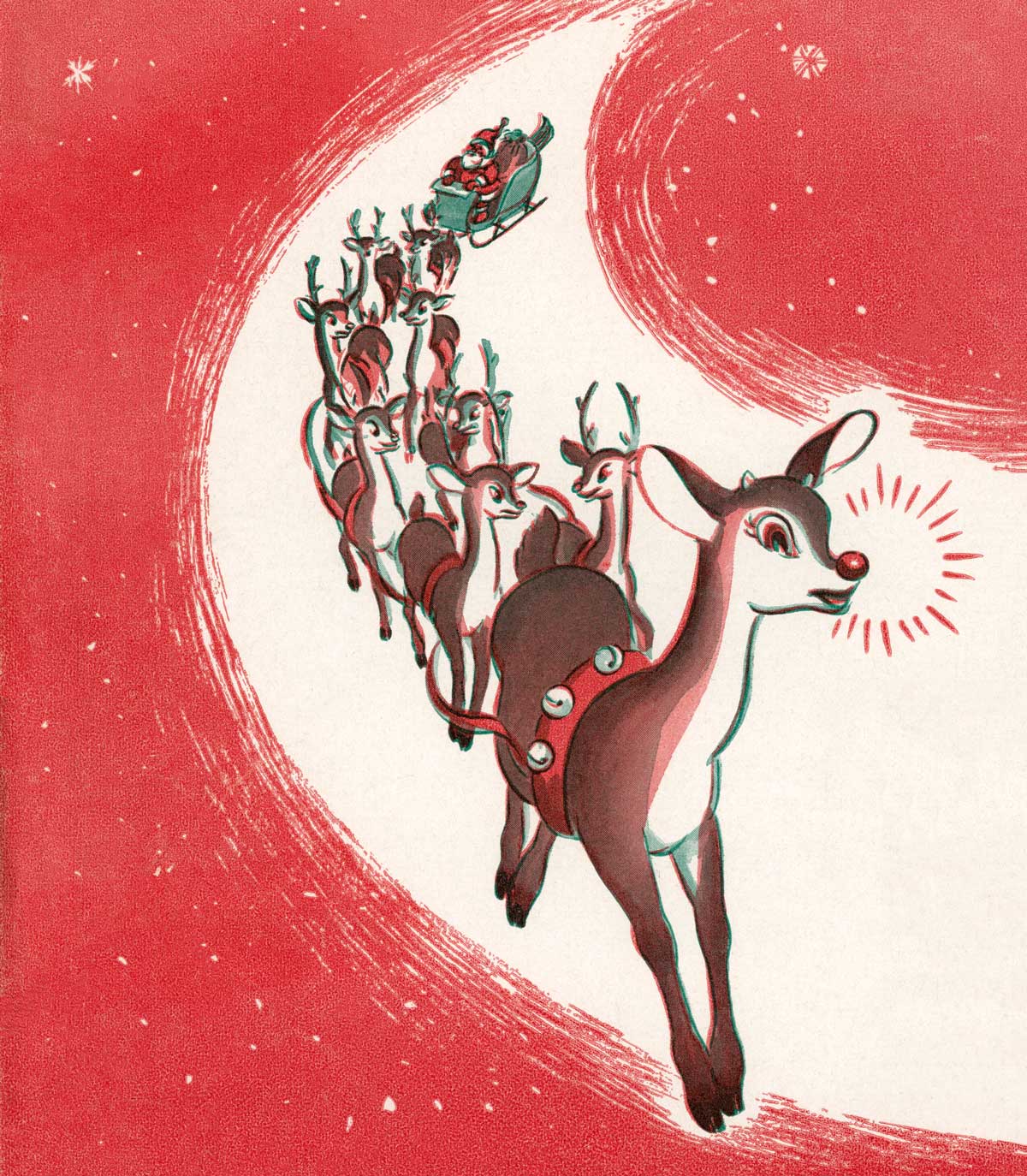How Father Christmas Found his Reindeer
It took a long while for Rudolph and the other reindeer to team up with Santa Claus. But once they did, there was no stopping them.

When I was a child, I could never have imagined Santa Claus without his reindeer. They were as much a part of his character as his bushy white beard, his red coat, or his sack of presents. After all, how else could he have got around if they hadn’t been there to pull his sleigh? Before going to bed on Christmas Eve, I’d take care to leave a carrot for Rudolph – and the next morning, I’d swear blind that I’d heard hooves clattering on the roof before I fell asleep. Little did I suspect how recently Santa had come by his reindeer – or how much their night-time sleigh ride owed to religious reform, migration and cultural exchange.







